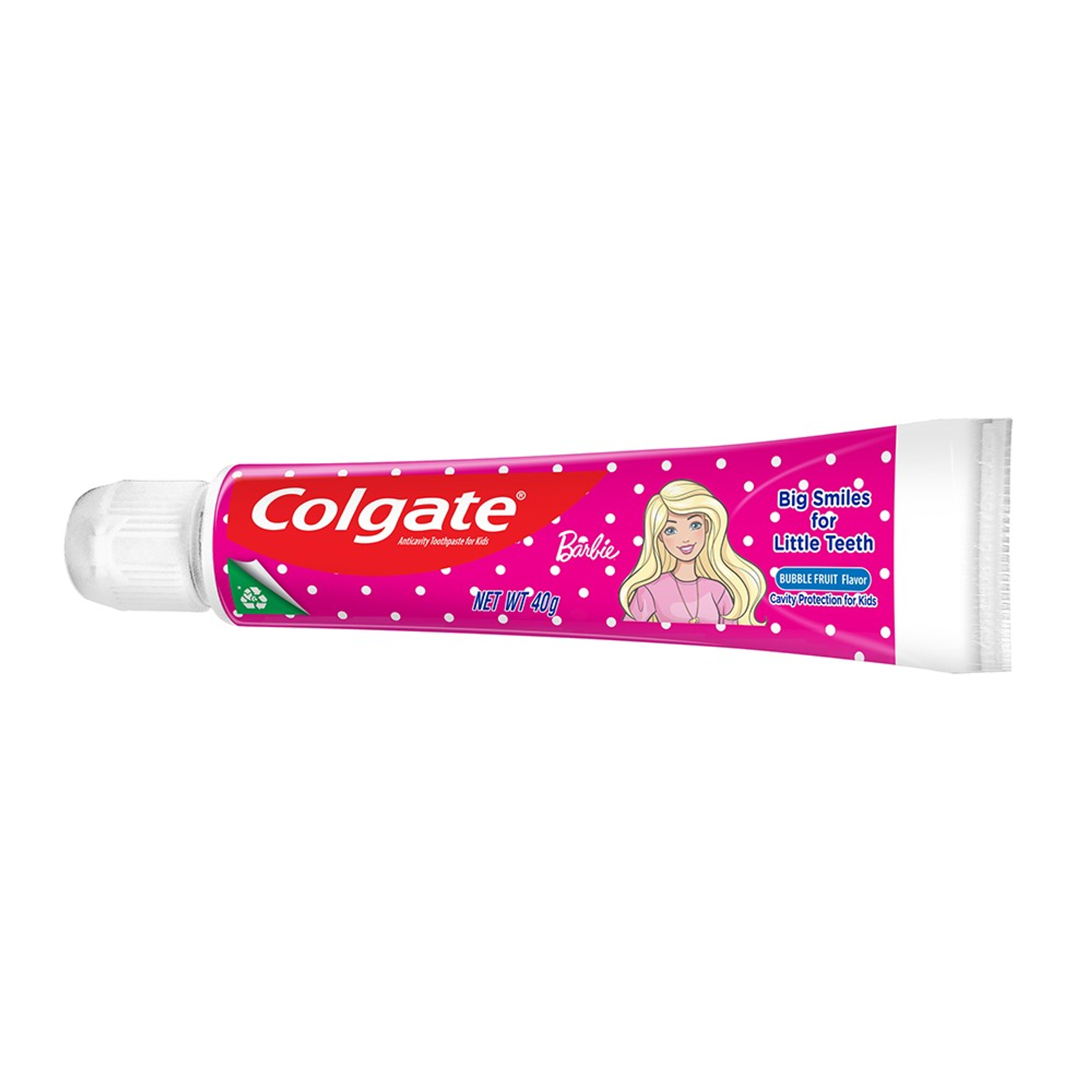-
-

ADULT ORTHODONTICS
Should You Use Mouthwash Before or After Brushing?Brushing and flossing are the foundation of a good oral hygiene routine, but mouthwash can also be a useful addition...

SELECTING DENTAL PRODUCTS
Soft Vs. Hard Toothbrush: Which One Should You Use?The toothbrush has come a long way. As the American Dental Association (ADA) notes...
-
Science & Innovation
- Oral Health and Dental Care | Colgate®
- Oral Health
- Four Ways To Reduce Early Tooth Decay In Kids


Tooth decay is the most common chronic disease among kids and teenagers, according to the Centers for Disease Control. So although you might associate the term "early tooth decay" with cavities or decay in young people, the term actually refers to a stage of tooth decay – for all age groups. Nevertheless, early decay is damage to the tooth's enamel, according to the Dental Practice-Based Research Network, and it can occur with children.
The good news is that in these early stages, tooth decay is not only treatable, but it's also reversible. The trick is knowing what to look for and what to do if you see any signs of early decay.
Fluoride is Your Friend
Fluoride is one of the best defenses you and your kids have against early tooth decay. According to the National Institute of Dental and Craniofacial Research, the product can reverse tooth decay in the early stages, and works in two ways: First, it slows down mineral loss or replaces lost enamel. Secondly, it keeps bacteria in the mouth from producing acid that can wear away the teeth.
You can make sure you and your family are getting an adequate amount of fluoride in a few ways. However, the main way to protect your kids’ teeth, is to use a toothpaste that contains fluoride, which helps protect against plaque and tartar buildup. Ultimately, if your teeth or your children's teeth need an extra boost of fluoride, your family dentist can be an active ally in the fight against early tooth decay.
Seeing the Dentist
Regular visits to the dentist don't just help you spot and treat tooth decay before it advances; it also provides your family with professionally recommended treatment options, effectively reducing your risk of cavities. Along with examining and cleaning your child's teeth, your dentist might get them started with a fluoride treatment to begin strengthening the enamel and reversing tooth decay.
During a fluoride treatment at a dentist's office, they might use a foam or gel to coat your child's teeth, or slide a tray filled with a fluoride product into your child's mouth. The treatment often takes a few minutes. Instead of an in-office treatment, a dentist might also prescribe tablets that contain fluoride or recommend that your child rinses with a fluoride-containing mouthwash at home.
Sealants
Sealants are another way to reduce your family's risk for tooth decay and cavities. Applied to the back teeth, this protective coating keeps bacteria and plaque from getting stuck on the uneven surface of the molars, limiting your child's risk for tooth decay. Ask your child's dentist about sealants the next time he or she goes in for a regular checkup.
Kicking Some Habits, and Improving Others
Sealants and fluoride treatments are just the first step in reversing, stopping and keeping early tooth decay away. You'll also want to be diligent about oral health at home. That means making sure everyone in your family brushes their teeth twice a day, flosses and follows any other directions from the dentist. Cutting back on sweets and between-meal snacks can also help reduce your family's risk for the cavities nobody wants to find out they have at their next appointment.
Related Products

Helping dental professionals
More professionals across the world trust Colgate. Find resources, products, and information to give your patients a healthier future











